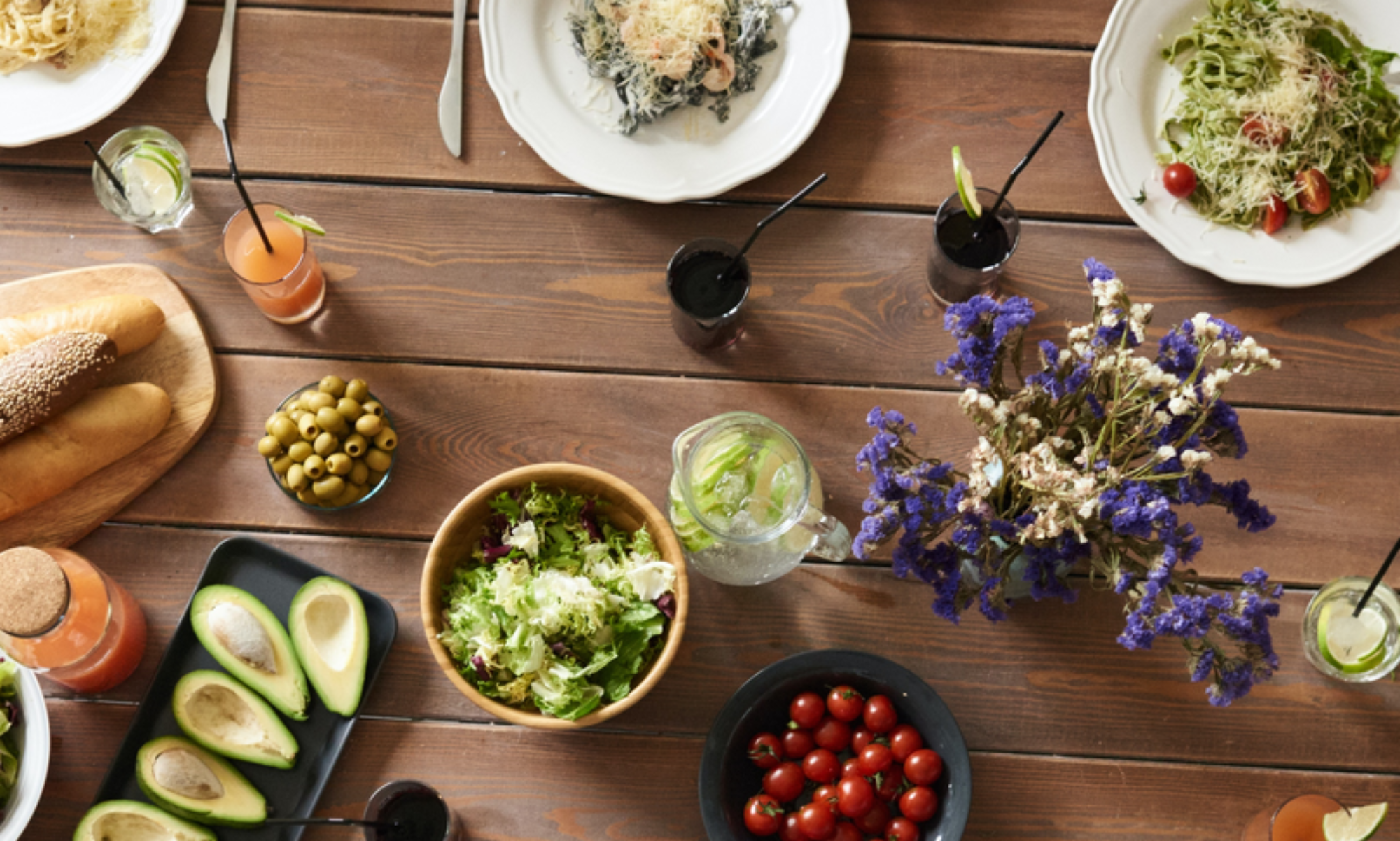Let’s talk skin and specifically Psoriasis. Psoriasis spans anything from dandruff and dry itchy skin to fungal breakouts and cracked and bleeding skin. Anyone who suffers from it knows just how irritating and painful this skin condition can be.
Psoriasis is caused by a pileup of skin cells that have replicated too rapidly. Normal healthy skin cells turnover about once a month, but when you have psoriasis the skin cells pile up way too fast.
It begins in the immune system where white blood cells, that fight inflammation, are mistakenly called into action and end up actually attacking the body.
This is called an auto-immune response and, as research is starting to determine, auto-immune issues often start, or are fuelled by an imbalance in the gut. Conventional drug therapy only suppresses skin conditions, sometimes successfully for periods of time, but as it is not addressing the cause, this will only ever be temporary. Thankfully, you can help combat psoriasis by following a proper psoriasis diet treatment plan.
Some of the best foods to consume on a regular basis are…..
Foods high in probiotics such as organic raw cultured dairy, like kefir and fermented vegetables which introduce the healthy bacteria and yeast the gut needs.
High fibre foods, which includes eating the rainbow of fruits, vegetables, beans and seeds. These all keep the natural detoxification of your body on track.
Foods high in antioxidants like berries, nuts and kidney beans.
Foods high in zinc – grass-fed meat, pumpkin seeds, chickpeas.
Other things like wild-caught fish Herbs and spices, like curcumin and turmeric. And you can use aloe vera both internally and externally.
And make sure to drink plenty of water. Hydration and detoxification are key.
When you suffer from psoriasis it’s important to exclude, or certainly keep to a minimum, foods that increase acidity and inflammation – which includes processed foods,….. fried foods……….., simple sugars, alcohol, conventional dairy, conventional meats, hydrogenated oils and caffeine. Keeping your diet gluten-free will also improve symptoms.
It’s never too late to take a new approach to psoriasis or any other skin condition. Making some tiny food tweaks really can help.
I’d like to thank Dr Michael Murray and Dr Josh Axe for providing such thoughtful and practical information on this and so many other subjects.


